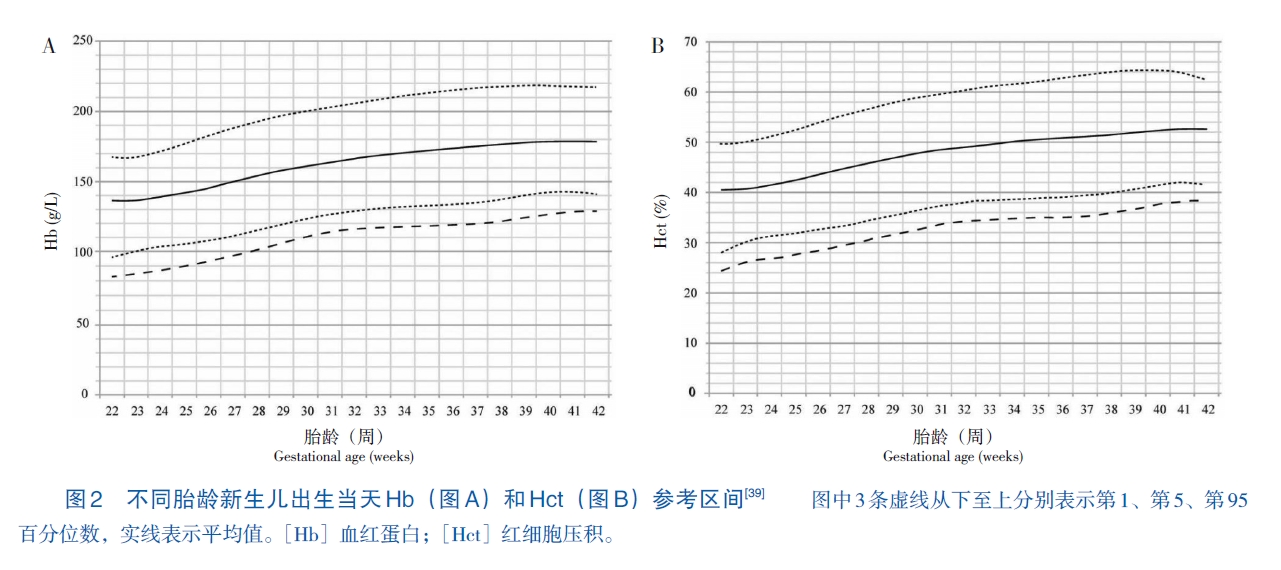 PDF(1372 KB)
PDF(1372 KB)


Clinical practice guidelines for the diagnosis and treatment of anemia of prematurity (2025)
Neonatal Clinical Practice Guidelines Expert Committee of the Cross-Strait Medical and Health Exchange Association; Neonatal Evidence-Based Medicine Group of the Commission of Neonatal Medicine of the Cross-Strait Medical and Health Exchange Association; Editorial Office of the C
Chinese Journal of Contemporary Pediatrics ›› 2025, Vol. 27 ›› Issue (1) : 1-17.
 PDF(1372 KB)
PDF(1372 KB)
 PDF(1372 KB)
PDF(1372 KB)
Clinical practice guidelines for the diagnosis and treatment of anemia of prematurity (2025)

Anemia / Clinical practice guideline / Diagnosis / Treatment / Premature infant